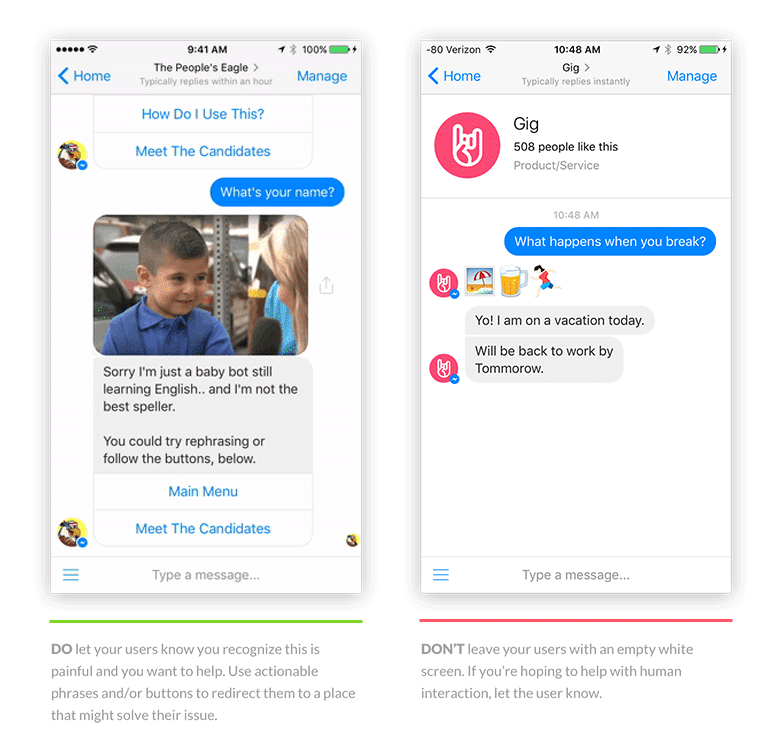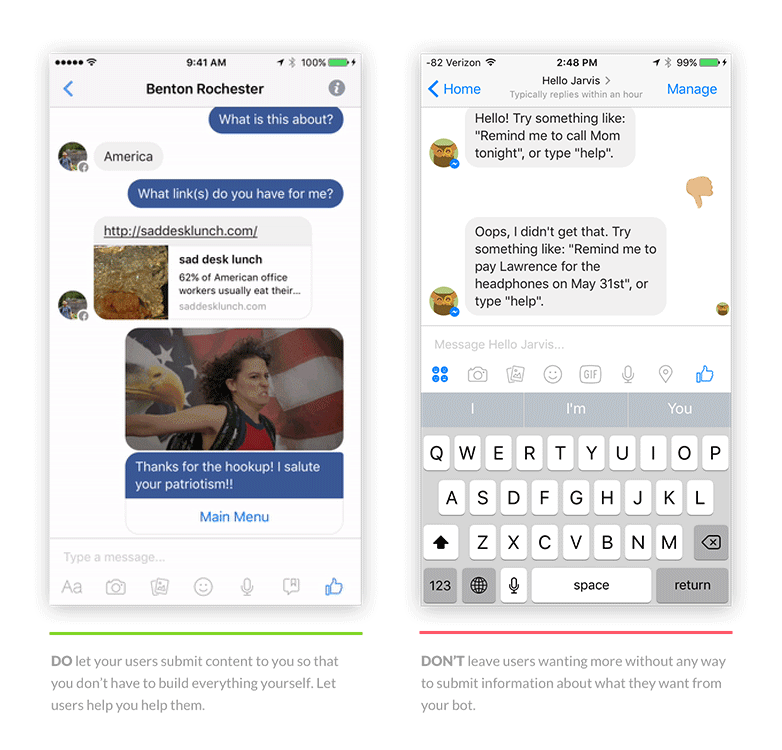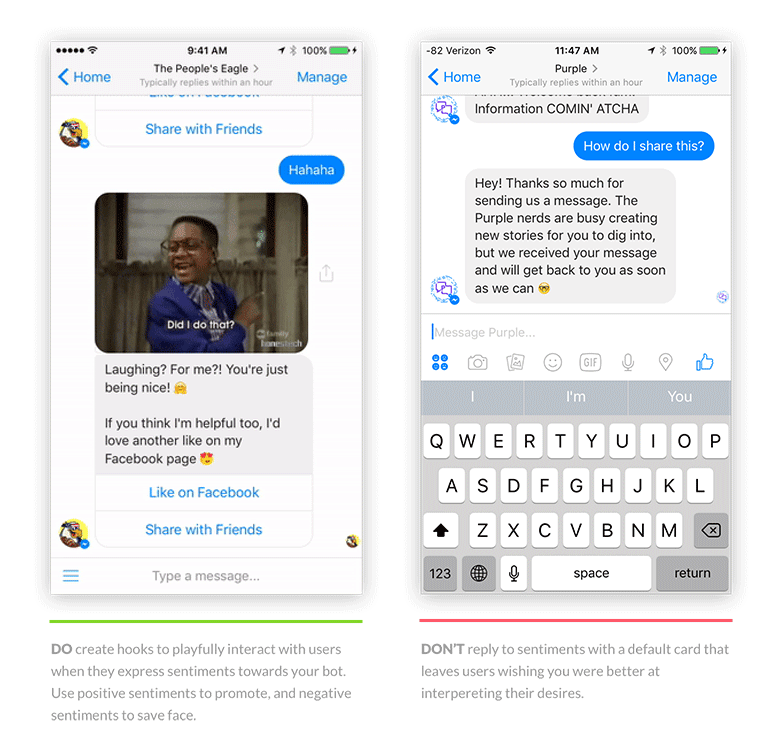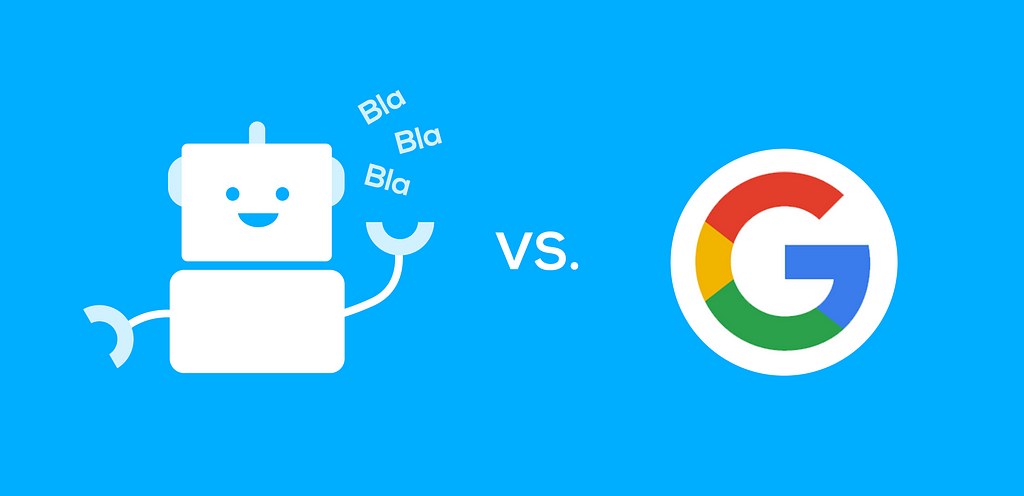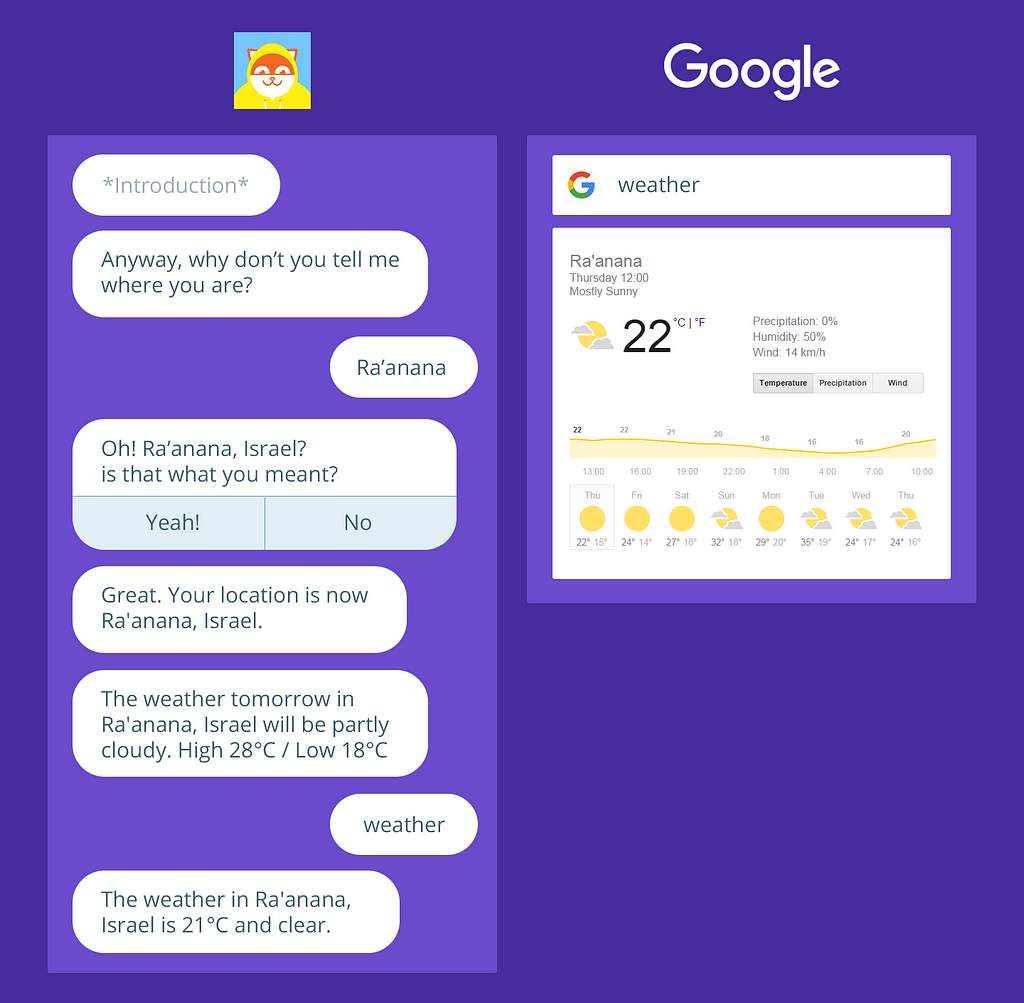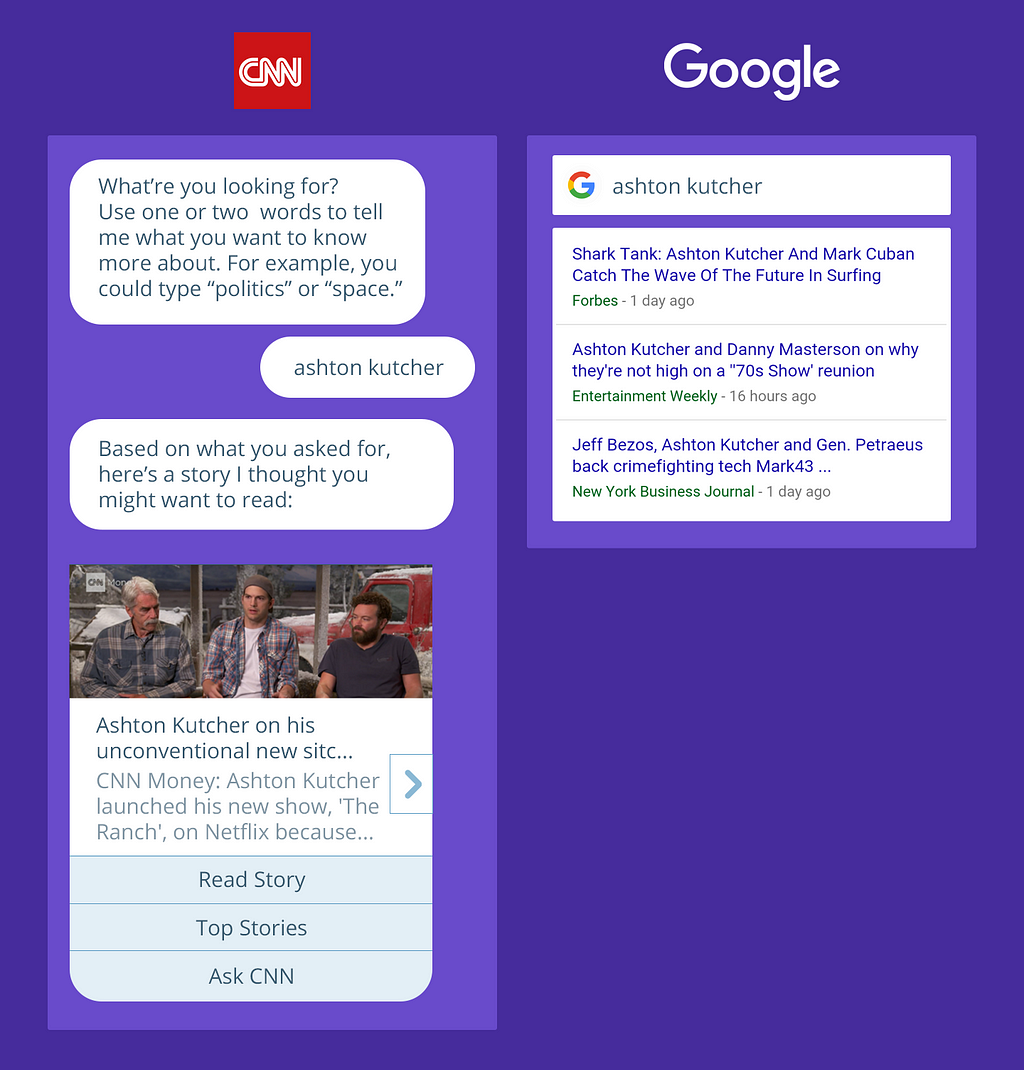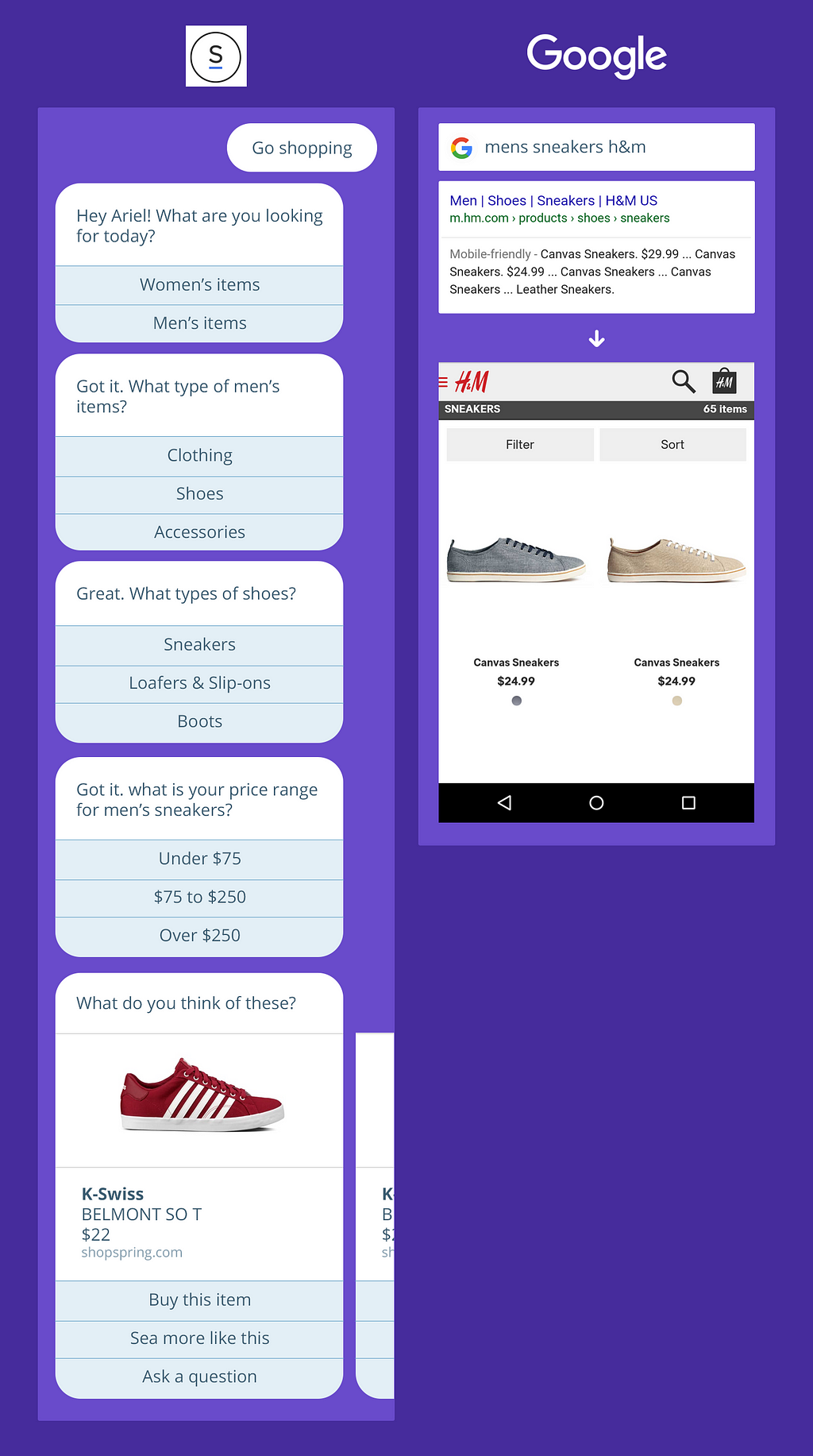
The 10 year anniversary of the inception of the UX Fund was this month. I took some time and began to look back in a little more detail. A lot has happened in the last decade in the design industry.
It was FASCINATING for me to look back at this. I told a friend as I was writing it: “Holy shit, this was a golden year for design. Apple’s iPhone, Google Maps, Docs, Gmail… streaming fucking Netflix… they all came out then!!!”
These are still some of the most influential and successful products and services of our generation.
The highlights of the holdings below show where these companies were that year, how we felt about them at the time, and how that investment would have played out had we really played the long game and kept the fund for a decade.
1) Netflix
In 2006, Netflix was still heavily focused on the DVD business. They found themselves in a price war with Blockbuster. It appeared as if they’d chosen to position themselves as a commodity and just lower their prices. It translated to a pretty poor year for them in the markets. In my look back I found something we glanced over that turned out to be a watershed moment for the company. In January of 2007, Netflix announced that they’d be offering a streaming service to subscribers. We barely mentioned this in our recap. At 1,000 films, the streaming launch library was small, and it meant you didn’t have the movie locally. in 2007, having a local, offline digital copy of movies was more of the norm. This just seemed like a half-assed response to Apple and Amazon — two companies that had made much bigger strides in downloadable movies and the markets felt the same.
Another interesting highlight was the Netflix Prize. They offered a $1,000,000 prize to the first developer of a recommendation algorithm that could beat its existing algorithm.
So in 2006/07, Netflix seemed paralyzed. It felt as if they didn’t have much of a response to downloadable movies—but that clearly wasn’t the case. They were taking it seriously, it was just really difficult to see. So much so for us that when we wrote the wrap-up post, we stated that Netflix was one of the stocks we said we would have sold if we allowed ourselves to rebalance the portfolio. While that may have made sense over a one year hold, this would have been the biggest regret of the bunch over a decade. That $5,000 investment in 2006 would now be worth over $150,000.
NFLX Profit (Loss)
Original Investment: $5,000
1 Year: -4.8% | ($239)
10 Year: 3064.7% | $152,365
2) RIM (Blackberry)
This is the inverse of the Netflix story. Blackberry, or RIM as it was referred to at the time, was our big winner in ’06-’07. It more than doubled in value over that year. A decade later, it’s lost nearly all of its value.
In the early-to-mid-2000s, RIM dominated the corporate world. That year, they had started to release a few consumer focused handsets like the Blackberry Pearl. The Pearl had a unique modified QWERTY keyboard layout on a 4-row, 5-column keypad, with a proprietary predictive input algorithm called SureType. I switched to it from my Palm Treo and tried convincing myself it was good for a few months (it wasn’t). Thankfully, the iPhone came out (more on that later).
Also that year, RIM announced they’d be bringing their product to China and were coming to the market with a solution aimed at small to medium sized businesses. Despite Apple’s news of the iPhone, RIM continued to be a market leader in their category. The next decade would prove just how important the consumer market would be — and RIM just chose never to focus there.
BBRY Profit (Loss)
Original Investment: $5,000
1 Year: 208% | $10,387
10 Year: -93.9% | -$4,697
3) Jet Blue
This was our biggest one year loss. This may seem like a strange stock for the portfolio, but if you were traveling back then, this company was ahead of the times.
We were doing some product design work for various airlines at the time. As a result, we became pretty familiar with the state of the industry. Jet Blue had rethought the so much of the experience of air travel, including their website, which was best in class. That said, their performance that year was atrocious thanks to things like Valentine’s Day 2007. Over a period of 2 days they canceled nearly 250 flights. Some of these flights were on the runway for nearly 8 hours. The weather was a factor, but it wasn’t the real problem. JetBlue got by in the past with sub-standard communication systems, limited staff and experience. When a crisis of this magnitude arose they just didn’t have the systems, people or experience to properly deal with it — and though they’re actually up 39% in the long run, they definitely paid the price over that year.
JBLU Profit (Loss)
Original Investment: $5,000
1 Year: -29.4% | ($1,476)
10 Year: 39.1% | $1,964
4) Google
Perhaps an obvious choice in retrospect, but Google wasn’t top of mind when you thought about companies that valued design—they valued engineering. However, when you point great engineers at huge, real problems what comes out the other end are some great experiences—even if the design of the pixels wasn’t perfect.
That year, Google introduced new search features, a new homepage, and continued to develop out more applications launching them in their Labs section. Labs created some of the best Web applications of the time, including Gmail, which was fully available to the public in 2007. Google Maps which launch in 2006 and Google Docs. A decade later, these applications are still staples in many people’s lives.
Google also made their share of purchases that year, including DoubleClick, Feedburner and of course, YouTube.
GOOG Profit (Loss)
Original Investment: $5,000
1 Year: 47% | $2,248
10 Year: 228.3% | $10,912
5) Apple
The poster child of a company that values design. An easy pick. The only interesting story here, aside from how well this stock did (and has done since), is the fact that the iPhone came out during this time. I’m going to quote my wrap-up of owning Apple stock from Nov. ’06 — Nov ’07:
Perhaps this stock was an obvious choice. Apple has always been at the forefront of creating great experiences that bridge hardware and software. During our hold, Apple released new iPods, iMacs and the iPhone. They redesigned their Web site as well as their dotmac services. Recently, they launched a new OS (Leopard). Leopard launched late due to Apple pulling QA resources onto the iPhone. Early usage of Leopard has revealed quite a few bugs and oddities that need to be rectified, likely as a result of the on-again, off-again QA of it. Apple will need to be careful in the coming year not to neglect it’s core offering — the OS. — Me, in 2007.
Reading this made me remember that we didn’t really know just how transformational the iPhone would be. I only mention its release after iPods and iMacs, and I talk about Leopard bugs being a result of Apple putting all hands on deck for iPhone.
AAPL Profit (Loss)
Original Investment: $5,000
1 Year: 131.8% | $6,608
10 Year: 882.9% | $44,263
from Sidebar http://sidebar.io/out?url=https%3A%2F%2Fmedium.com%2Fhabit-of-introspection%2Fthe-ux-fund-investing-50-000-in-10-companies-10-years-later-6fc65bd35e7a%23.yskd8ctao

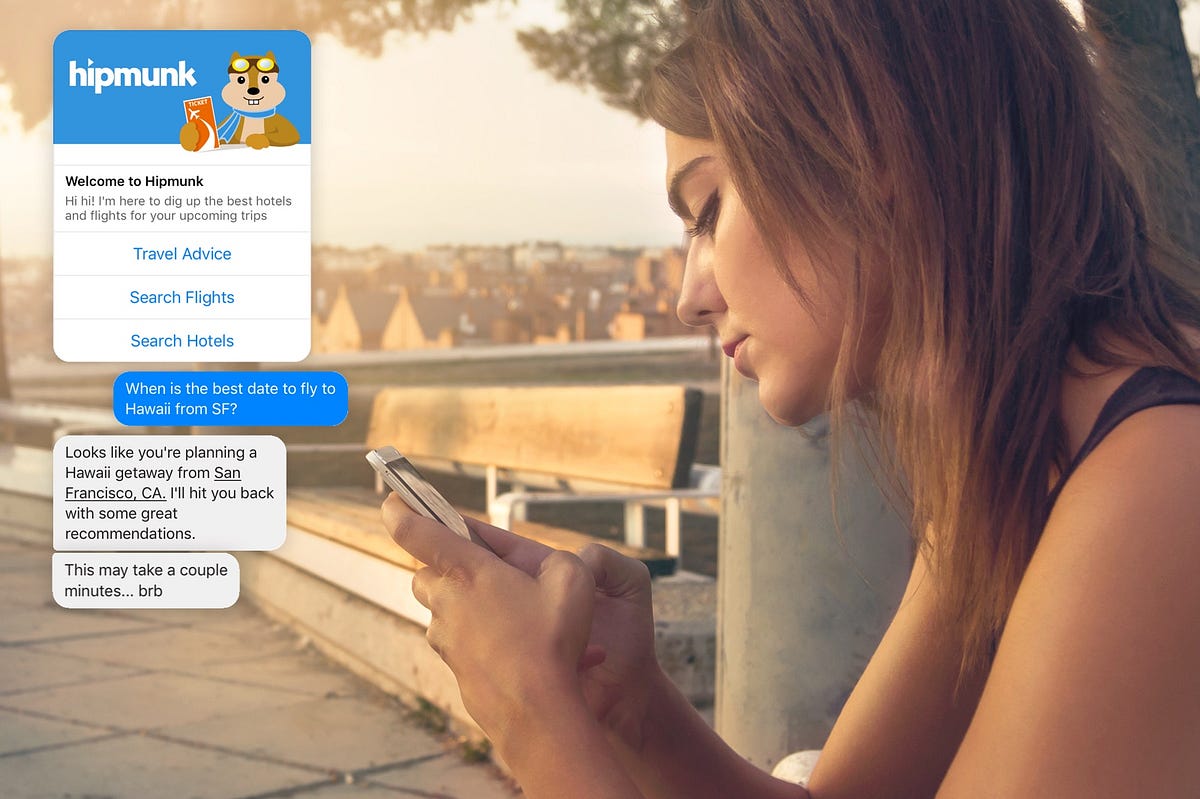






















 https://medium.com/marketing-and-entrepreneurship/i-spent-30-000-testing-different-blog-designs-heres-what-i-found-8952bf057b8f
https://medium.com/marketing-and-entrepreneurship/i-spent-30-000-testing-different-blog-designs-heres-what-i-found-8952bf057b8f
 http://arstechnica.com/the-multiverse/2016/06/an-ai-wrote-this-movie-and-its-strangely-moving/
http://arstechnica.com/the-multiverse/2016/06/an-ai-wrote-this-movie-and-its-strangely-moving/







